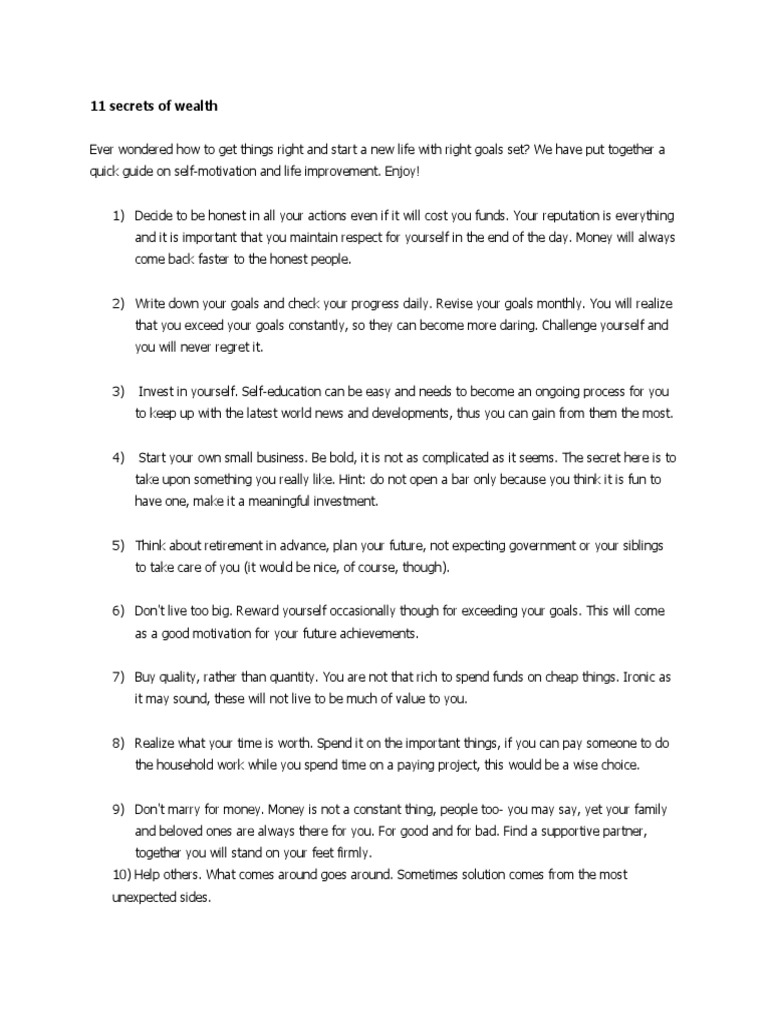When it comes to Retirement Planning for Self-Employed Individuals, many often underestimate the complexity involved. Unlike traditional employees who benefit from employer-sponsored retirement plans, self-employed individuals must take charge of their own financial futures. This guide delves into the intricacies of retirement planning specifically tailored for those who navigate their own business waters.
Understanding Retirement Planning for Self-Employed Individuals
The journey of self-employment can be exhilarating and rewarding, yet it brings significant responsibility, particularly concerning retirement savings. Without the traditional safety nets in place, self-employed individuals must devise a personalized plan for their retirement. The financial independence that self-employment offers does not transfer over to a secure retirement without proactive planning. This is why a comprehensive strategy becomes indispensable.
Steps to Effective Retirement Planning for Self-Employed Individuals
To ensure a financially secure retirement, self-employed individuals need to consider several key components:
- Assess Your Current Financial Situation: Start by taking stock of your income, expenses, debts, and current savings. Knowing your financial landscape deepens your understanding and aids in effective planning.
- Establish Retirement Goals: What kind of lifestyle do you envision in retirement? Consider when you want to retire and how much money you’ll need to sustain your desired way of life.
- Choose an Appropriate Retirement Account: There are several retirement accounts to choose from, including SEP IRAs, Solo 401(k)s, and traditional IRAs. Each has unique benefits and contribution limits, so understanding these options is vital.
The Importance of Retirement Accounts in Your Planning
Retirement accounts are pivotal to the Retirement Planning for Self-Employed Individuals. These accounts enable systematic savings while offering tax benefits that can enhance your savings potential. Here’s a brief overview of suitable retirement account options for the self-employed:
- SEP IRA: This is an excellent option for those with substantial self-employment income. You can contribute up to 25% of your income, up to a specified limit, allowing for significant tax-deferred growth.
- Solo 401(k): This option allows higher contribution limits by enabling both employee and employer contributions, making it ideal for those who want to maximize their savings.
- Traditional IRA: While the contribution limits are lower compared to the options above, this account allows tax-deductible contributions, providing a tax break that can aid your savings.
Reviewing Your Investment Strategy
Your Retirement Planning for Self-Employed Individuals also mandates a solid investment strategy. It’s not enough to simply save; you need to make your money work for you. Diversifying your investments through stocks, bonds, and mutual funds can offer a balance of growth and security. It might be wise to consider how much risk you are willing to take and adjust your investment choices accordingly.
Visualizing Your Future: The Path to Retirement
Planning for Healthcare and Other Essentials
As you get closer to retirement, healthcare budgeting becomes crucial. Self-employed individuals must factor in potential healthcare costs, which can be a significant part of your retirement budget. Consider options like Health Savings Accounts (HSAs) for tax-advantaged saving towards healthcare expenses. Planning for long-term care and potential medical emergencies is also essential in the context of comprehensive retirement planning.
Your Journey in Retirement Planning for Self-Employed Individuals

This visual representation encapsulates the essence of a well-structured retirement plan for self-employed individuals. It reminds us that taking a proactive approach to financial planning today can lead to a bountiful tomorrow. Hunting down a balanced portfolio, while preparing a safety net for unforeseen circumstances, is not a task that can be completed in haste; it calls for time, diligence, and care—and a steadfast resolve to forge ahead.
The Value of Professional Guidance
For many self-employed individuals, navigating the retirement landscape can be overwhelming. Bringing in a financial advisor could provide the expertise needed to craft a plan that is in line with your retirement goals and lifestyle aspirations. Advisors can guide you through the intricacies of tax implications, investment strategies, and the various retirement accounts available, making the often daunting task of Retirement Planning for Self-Employed Individuals a more manageable endeavor.
Adjusting as Your Business Evolves
Your retirement plan is not a static document; it requires continuous evaluation and adjustment. As your business grows or shrinks, your income will fluctuate, potentially affecting how much you can contribute to retirement accounts. Keeping abreast of changes in financial regulations, tax laws, and market performance can help ensure that your retirement strategy remains effective. Regular check-ins with your financial advisor can help keep your plan aligned with your current financial status.
Conclusion: A Commitment to Your Future
Retirement Planning for Self-Employed Individuals is more than just setting aside funds; it is about crafting a comprehensive strategy that takes into account your business’s unique nature, income variations, and personal goals. It is an ongoing commitment to understanding your changing needs and adapting your financial strategy accordingly. By establishing a robust plan, self-employed individuals can savor their hard-earned freedom and secure a rewarding, worry-free retirement.
Taking the right steps today can fortify your tomorrow, ensuring that the independence of self-employment does not come at the cost of peace of mind in retirement.


